Akira Toriyama is a man who redefined anime and manga.
Between his early gag comedies Dr. Slump and Dragon Ball, Toriyama began to carve a niche for himself in the ’80s as an author who could deliver lighthearted jokes and art that excelled at over-the-top expressions. When he transitioned to Dragon Ball Z, the series blew up in a way that is almost impossible to comprehend. Despite releasing several decades ago, it’s hard to think of a series that has such a universal appeal across all parts of the anime community.
Following his passing, many have showed their respects to Toriyama and his legacy. From major Shonen Jump authors to humble writers here at the Escapist, the outpouring of love for him is heartwarming. But while people are paying their respects to him and how his work has impacted them, it’s also appropriate to examine just the sheer historical importance his projects have had in popularizing anime and manga here in the West. Without Toriyama, it’s safe the say that anime wouldn’t be as popular as it is in the West.
You have to keep in mind, the anime scene before Dragon Ball Z was a vastly different scene from what it is today. If a title was brought over from Japan in the 1980s, it was usually edited to hell and back, with nearly all anime tropes and references being nonexistent. Shows like Voltron and Battle of the Planets had their distribution rights picked up by American companies and syndicated on television. Given how anime was incredibly niche at that time, most children of the ’80s didn’t really register that these shows were made in Japan for Japanese audiences. Even when major anime feature films were released in the West, they were butchered in ways that made them almost unrecognizable, like how Studio Ghibli’s Nausicaa of the Valley of the Wind into Warriors of the Wind. And if you were someone who wanted to read manga, you were just plain out of luck.
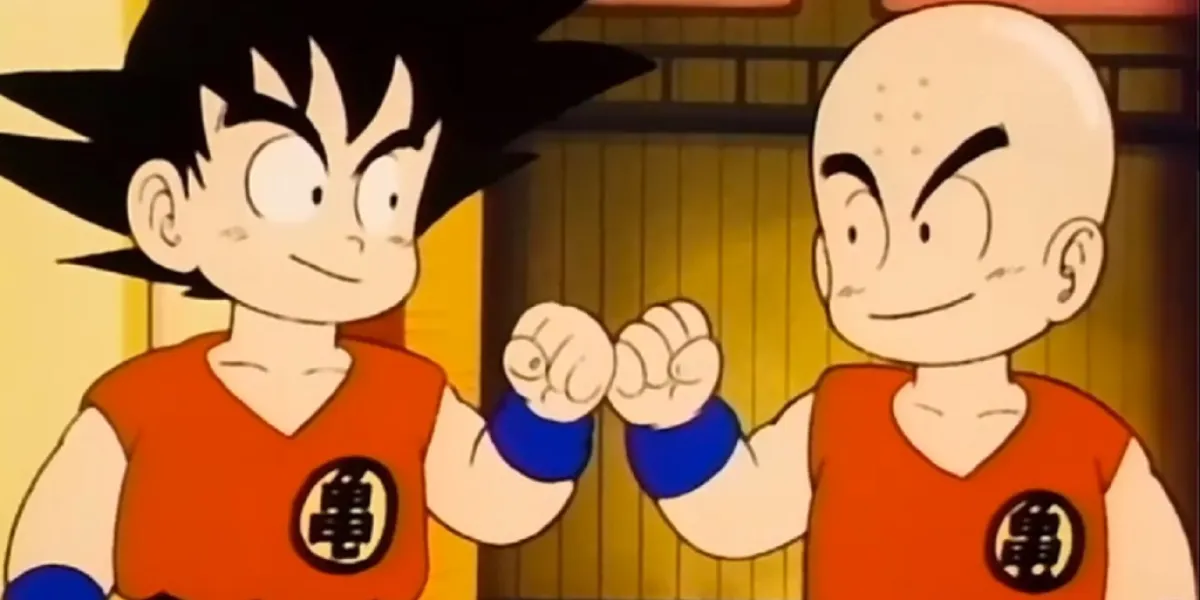
When Dragon Ball was brought over in 1989, it actually was a complete failure. Only five episodes of the original series and two poorly edited movies were released before being deemed a failure. Eventually, a new upstart company in 1995 called Funimation would acquire the rights to its sequel series, Dragon Ball Z and commissioned a dub for it. This time, the dub would be handled by a company called Ocean Entertainment, with assistance from Saban Entertainment, who you may know for their adaptation of Super Sentai series into Power Rangers. These three groups kept a lot of the original series intact, only editing certain sequences with blood violence but still keeping the core drama of Son Goku fighting against enemies like Vegeta and Frieza to protect the Earth.
To many audiences at the time, this was really the first time they saw an action anime like this on TV. Keep in mind, anime by the mid to late ’90s had become somewhat more accessible, but only through video rental stores and expensive VHS tapes. Even then, most of the shows and movies that were brought over were ultraviolent shlock, picked up not because of some artistic merit or general quality but because of the sex and violence that companies could use to market to edgy teenagers and adults. But Dragon Ball Z was accessible. It was a long-form action soap opera where characters died. To Toriyama’s credit, making the first major arc of Dragon Ball Z an arc where most, if not all, major and supporting characters were killed was a great way to hook viewers. Those early episodes of Dragon Ball Z kept viewers hooked as we saw Earth’s defenders die one after another trying to save the day, showing a cartoon with lasting consequences. So naturally, the ratings of the show were high and viewers wanted more.
It would take a couple of years for more dubbed episodes to be commissioned, but they did. Thanks to Cartoon Network and Toonami, who had picked up the original dub of Dragon Ball Z after Saban dropped it due to downsizing costs, Dragon Ball Z was able to reach a wider audience than ever before and ran on the channel for years. The story would continue and there would be less censorship. Plus, with the cheaper costs of DVD production during the late ’90s and early 2000s, Dragon Ball Z physical media was so much easier to acquire. So now people could reasonably afford to buy episodes or seasons of the show and share it around with their friends, or get them to tune into Toonami to watch the latest episode.
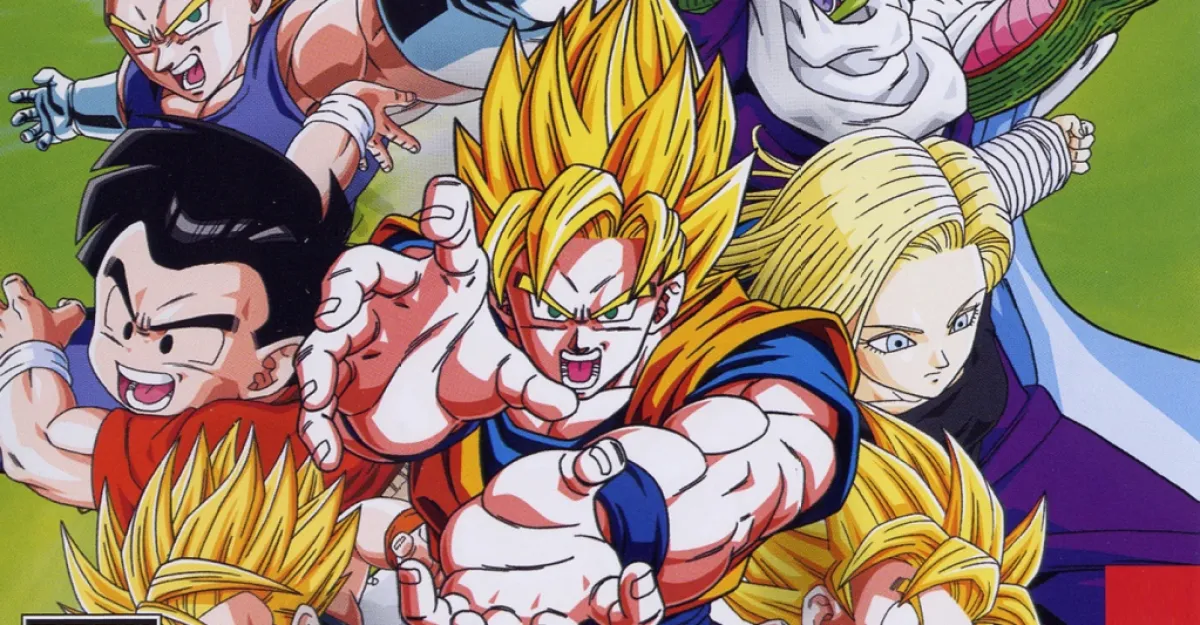
Of course Dragon Ball Z wasn’t the first anime to ever be released in the West, but it was one of the first to get major mainstream appeal. It, alongside Sailor Moon and Pokemon, brought a lot of attention to the anime industry in the West and got plenty of people interested in what these shows were like. But of those three shows, Dragon Ball Z had the most immediate appeal. It made waves in living rooms across the country, with some newspapers even writing about how aghast they were at the amount of violence inside of it. But kids were hooked.
Terms like Kamehameha, Super Saiyan, and Spirit Bomb became commonplace and kids were hooked by the drama and the action. With more and more tuning in to see Dragon Ball Z on a weekly basis, it led to higher ratings for Toonami and gave them the ability to localize more shows that their audience would enjoy, aka shows similar to Dragon Ball Z. Giving that Dragon Ball Z was mostly appealing to teenagers, the anime they selected catered to that audience, leading to shows like Gundam Wing, Yu Yu Hakusho, One Piece, and of course, Naruto, airing and creating even more anime fans. All thanks to Toriyama’s story of a little monkey boy going on an adventure.
But Dragon Ball Z’s penetration of the market didn’t stop with anime. Manga sales also skyrocketed thanks to it. In 2002, Viz Media and Shueisha, the parent company that owned the rights to Dragon Ball Z, had a plan to trying to increase their manga sales in the US thanks to the sudden boom that Dragon Ball Z created. The plan was to create an American version of Shueisha’s Shonen Jump line, compiling chapters that would release weekly into a monthly book that would be delivered to readers. With advertisements airing on Cartoon Network and in front of home video releases, people began to subscribe to Shonen Jump to read the continuing adventures of Son Goku and his friends, and on the cover of the very first issue of Shonen Jump was Son Goku himself, powered up as a Super Saiyan jumping at the reader.
But Akira Toriyama is more than just the Dragon Ball Z guy and another title of his also has a lot of importance to Shonen Jump’s Western debut. His then most recent series, Sand Land, debuted in the first issue of Shonen Jump and has the distinct of bein the first series to debut and finishing within the pages of the Western Shonen Jump. Dragon Ball Z’s debut in Shonen Jump starting in the middle of an arc, specifically the Frieza Saga, so if you were jumping into the story from there, it would be a little bit hard to follow. But Sand Land, over the course of several months, told its full story, left the magazine, and then appeared on bookshelves as a completed collection. Shonen Jump made sure to advertise that fact and while it didn’t light the manga world on fire in the States, it did showcase that Shonen Jump can and would tell complete stories and then make them available to readers in a compact and conveniently available package.
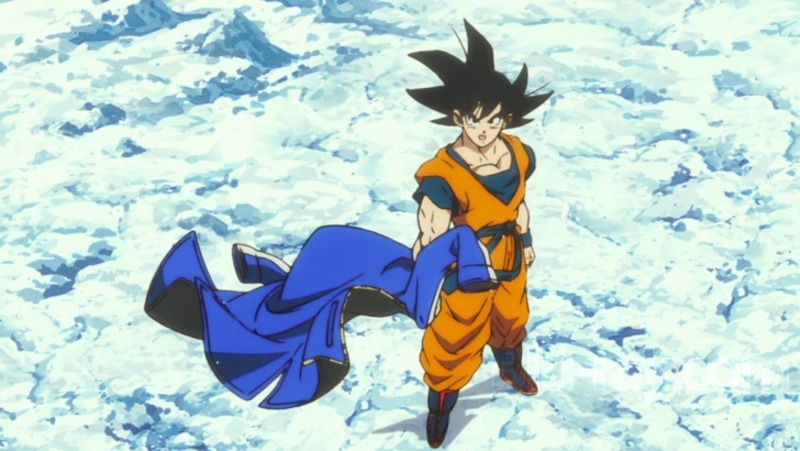
So when I hear about Toriyama’s passing, my first thoughts weren’t to my own personal memories of Dragon Ball Z or any other project he worked on. My thoughts immediately went to how without him, anime probably wouldn’t be as big as it is in the States. Dragon Ball is beloved in the States, but it served as a gateway for other companies to get into the anime business. Without people in the States watching it on Toonami, could we really say that Naruto wouldn’t be as popular as it is? Do you think that the anime aesthetic that influenced shows like Avatar: The Last Airbender would be as prominent as they are? Would people go out and buy manga if it wasn’t for Shonen Jump using Toriyama’s works to get people to pick up their books? Probably not.
That’s what I think of when I think of Akira Toriyama. I wouldn’t be the diehard anime watcher and manga reader without his titles make it more socially acceptable to watch anime and read manga. He quite literally changed the game here in the States and made Shonen action anime the most popular anime in the West. So thank you Toriyama-san for the legacy you’ve left behind. Without you, America wouldn’t be the same.

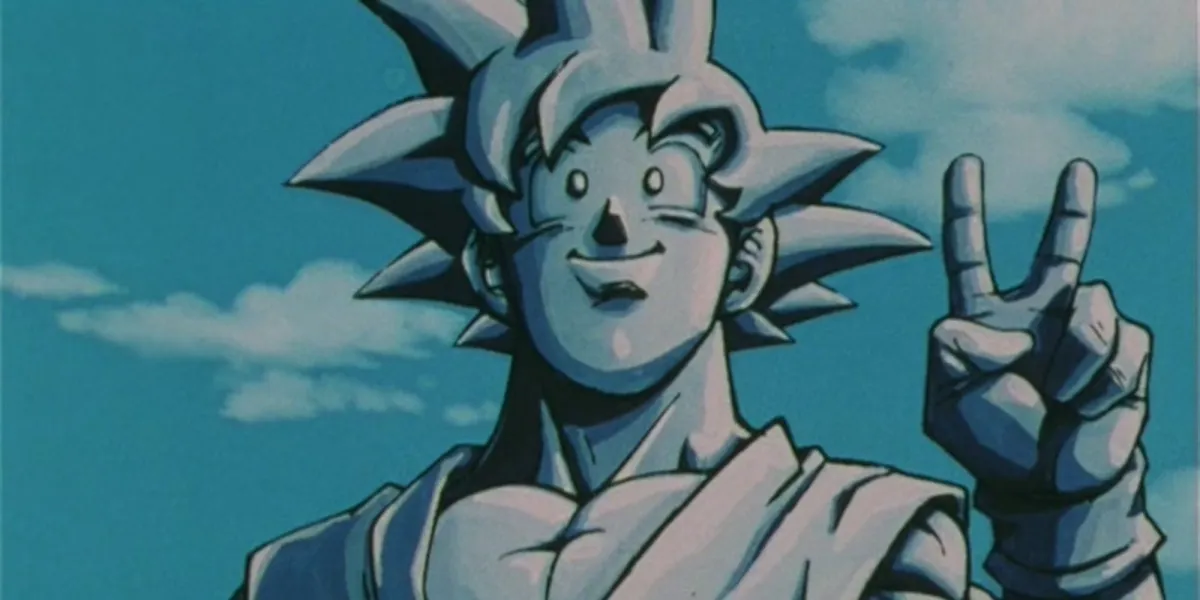

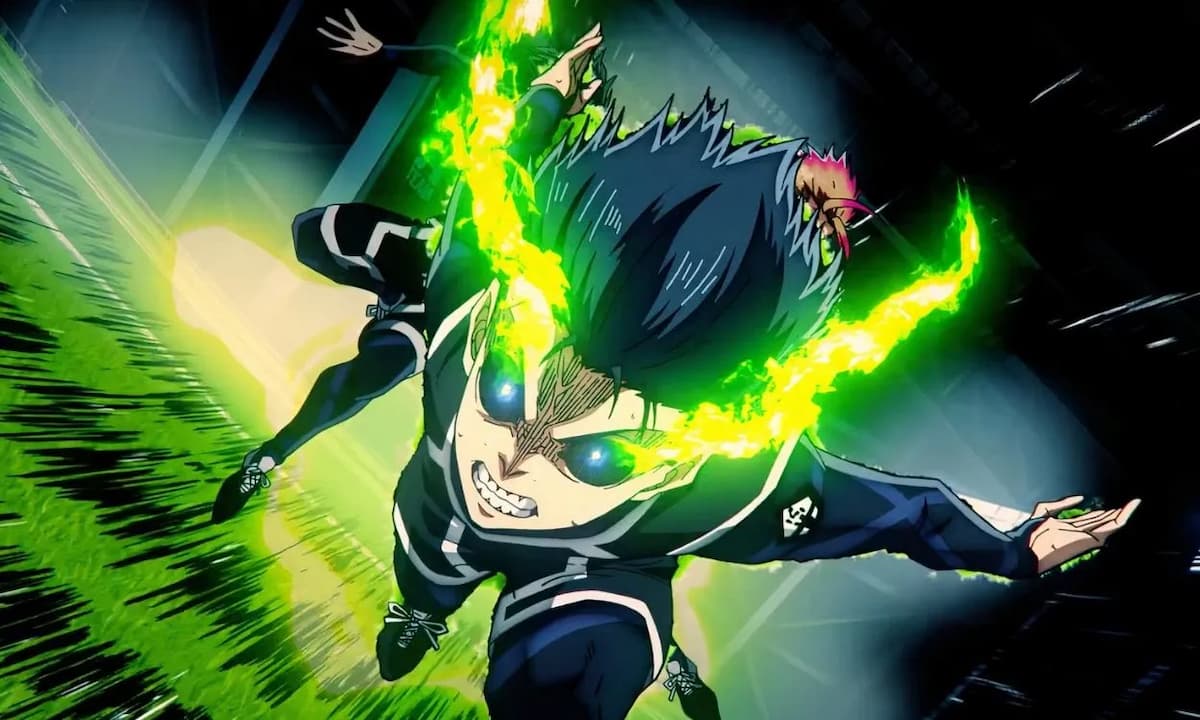
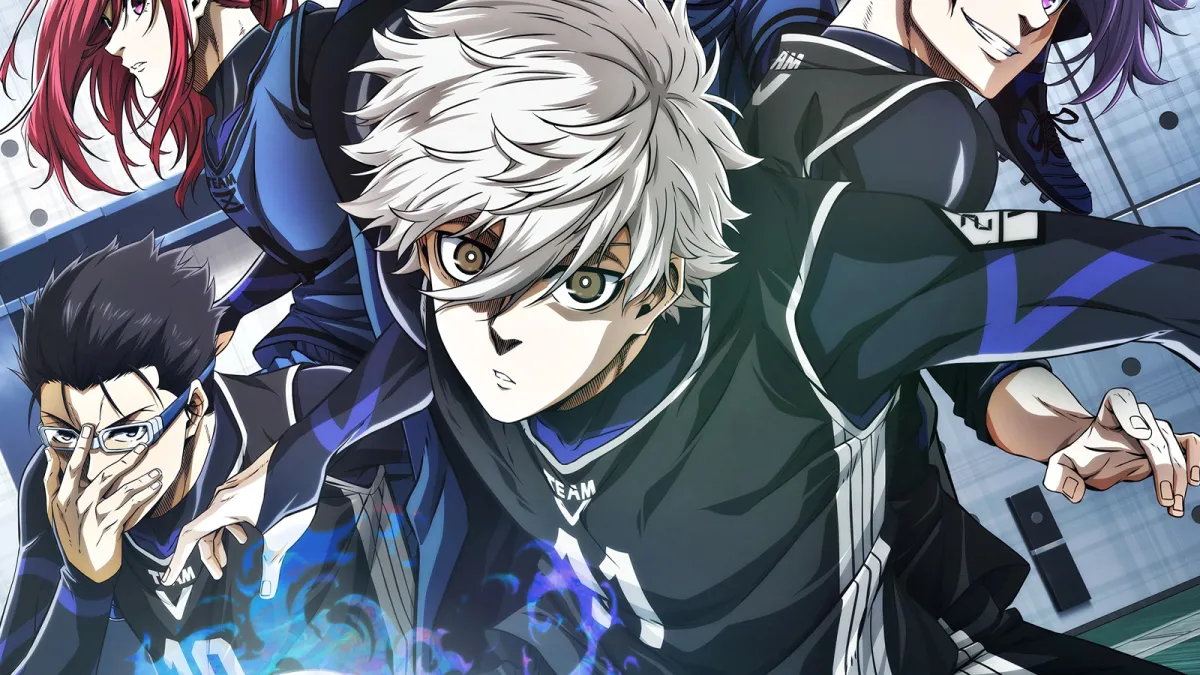
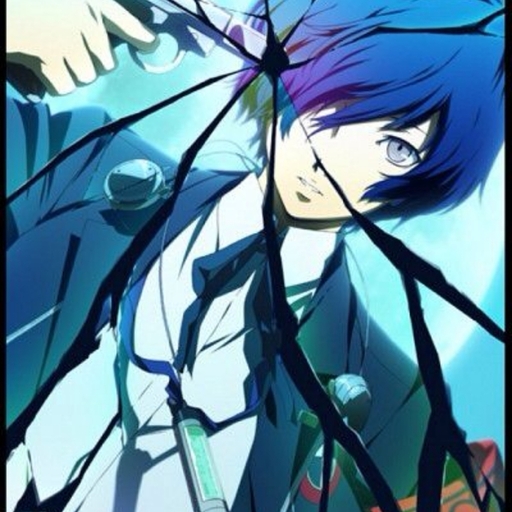
Published: Mar 10, 2024 02:21 pm